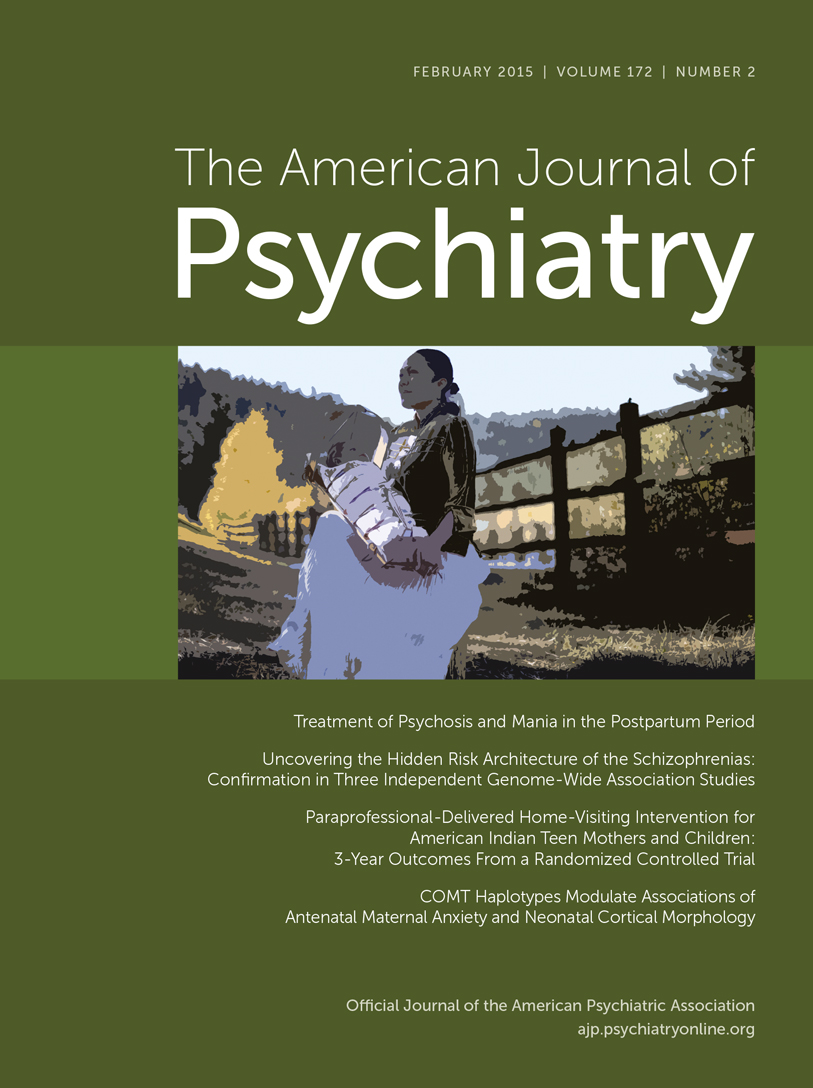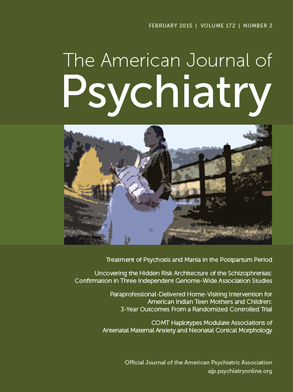T
o the E
ditor: Having worked as a prison psychiatry consultant for 35 years, I believe the commentary by David R. Rubinow, M.D. (
1), published in the October issue of the
Journal, unfairly disparages the important work done by correctional psychiatrists and other mental health professionals. Dr. Rubinow addresses the transinstitutionalizaton of a large number of mentally ill patients from state hospitals to correctional facilities but then quotes studies to show that treatment for these patients in jails and prisons is inadequate and “virtually absent.”
In my experience, mental health treatment in prison is neither inadequate nor absent. Correctional mental health services screen new and recently transferred inmates to identify those with mental illness and at risk for suicide, a requirement of national organizations such as the American Correctional Association. Inmates have a constitutional right to mental health treatment for serious mental disorders. Prisons that fail to provide this treatment are liable for civil legal action (
2).
In the Ohio and California prisons where I have worked, a multidisciplinary team provided most of the same treatment modalities found in community mental health centers. Residential treatment units and psychiatric hospitalization were available, as well as long-acting intramuscular antipsychotic medication and involuntary medication.
In fact, psychiatric consultation and treatment were often more readily available than in the open community. When I retired as a consultant to Ohio prisons, routine referrals to psychiatrists were seen within 2 weeks, urgent referrals within 72 hours, and emergency referrals on the same day. There was one full-time psychiatrist for every 1,600 inmates. In contrast, a national survey of health maintenance organizations (HMOs) found a mean ratio of one psychiatrist for every 14,500 HMO members (
3).
In most prisons, all prescriptions for psychotropic medication are written by psychiatric clinicians, increasing the likelihood of effective treatment. Only a small percentage of psychotropic prescriptions in the open community (probably <15%) are written by psychiatrists (
2).
The national annual suicide rate in state-operated prisons is approximately14 suicides per 100,000 inmates. This is lower than rates in the community (18 per 100,000) when adjusted for the demographic characteristics of prisoners (
4). Considering the high prevalence rates for serious mental disorders and the oppressive nature of prisons, these statistics attest to the quality of mental health treatment behind bars.
As Dr. Rubinow points out, the large number of mentally ill inmates is a challenge for prison mental health resources. However, I believe that some conclusions reached by him are a disservice to those who strive to provide excellent care to their patients in correctional environments.

